This article is brought to you by StatBanana, the best Dota 2 strategy tool.
For fans, Dota 2 is a fast-paced, five-per-side game that combines equal parts frenzied play and deep strategy. For most other people, it’s best described as difficult.
Notoriously known for its ridiculous learning curve, Dota 2 remains one of the most beloved MOBAs and esports on the market. The game has a diehard legion and in spite of falling player counts, competitive viewership has risen.
There’s a good reason for that. Dota 2 remains one of the most blood-pumping spectacles available online and your first time watching doesn’t have to be a drag. Like many other spectator sports, it can be difficult to jump in without understanding a thing. To try to make your first viewing experience a little easier, here’s a guide that should help ease your entrance into Dota 2.
Where do I watch Dota 2?
Esports
Competitions don’t happen around the clock, as much as fans would love that to be the case. The COVID-19 pandemic has caused many events to be postponed or canceled. But the WeSave! Charity Play is an upcoming tournament that features 24 of the biggest names in Dota 2.
Streamers
If you want to start watching Dota 2 right now, Twitch will be your best bet at finding an entertaining stream. You usually won’t go wrong picking up a streamer with the most viewers since it usually means they’re either entertaining or excellent at Dota 2.
Who are these big, cool-looking humanoids/robots/demons from hell?
At time of writing, 119 heroes of all shapes and sizes are in the game. There’s the personification of gravity, who has surprisingly well-defined abs. There’s a dragon and ogre with two heads. There’s an old man who built a helicopter. It’s a diverse cast, but rest assured—there’s only going to be 10 of them in any given game.
Generally, each hero has three normal skills and one ultimate. Heroes don’t get their skills all at once but must pick and choose as they gain experience in the game.
The ultimate skill requires players to attain a specific level before they can obtain them. They’re generally big and flashy and landing a good one will certainly elicit cheers.
Drafting
Most sports leagues have a preseason draft where teams can select players to play for their teams. It works similarly in Dota 2, except teams aren’t drafting players: they’re drafting heroes.
Professional games use a mode called Captain’s Mode, where teams periodically take turns to ban and pick heroes. Banning removes the hero from the available pool for the current game, while picking a hero will lock that character in.
What’s going on?
The pregame ritual is done. The players have selected a lineup that they think will give them the best chance of winning. What’s next?
Radiant and Dire
Unlike most other MOBAs, Dota 2 has an asymmetrical map with little differences hiding all over. The map is split into two sides: Radiant is bright and cheery on the bottom left, while Dire is dark and gloomy on the top right. It’s separated by the river that cuts through most of the map.
In general, heroes will play closer to their respective sides. It’s never set in stone, though. Players will constantly encroach on the opposing territory and try to push their advantage, like the two sides of a basketball court or football field.
Unlike most traditional sports, there’s no time limit or set rounds in a match of Dota 2. Games can last from 15 minutes to hours. But generally, an average match lies somewhere close to 40 minutes. The objective for each team is to take down the Ancient, a large building situated in the opponent’s base.
There’s plenty of objectives and obstacles along the way for each team, though.
Lanes
Right at the start of the game, the heroes will likely start splitting up and head down the three different lanes: top, middle, and bottom. While little skirmishes might happen, the game officially begins with the sound of a horn that heralds the arrival of creeps.
Creeps are mindless minions that crawl along each lane in Dota 2. They’re openly antagonistic and will attack any enemy in sight. It’s through these creeps that players earn the majority of their experience and gold.
Last hits, denies, gold, and experience
Often, you’ll hear casters talking about last hits and how one team is “winning the lanes.” Last hitting is the practice of a hero dealing the final damage to an enemy creep. It’s accompanied by a satisfying cha-ching sound and will bestow the last-hitter with a gold reward. Players can also deny their own allied creeps, which ensures that the opponent won’t be able to obtain gold and reduces the experience provided by the creep.
Experience and gold are what make heroes powerful. Experience increases their levels and stats, allowing them to improve the potency of their skills. Gold helps them to purchase items, which provide heroes with stat boosts and even new abilities otherwise unavailable to them.
In general, heroes in Dota 2 can be divided into cores and supports. Cores are usually the ones farming in each lane, taking the majority of the resources. In general, these heroes benefit the most from items and often have skills and stats that make them weak early on but monstrous later in the game.
Supports are the heroes that usually have powerful spells early on, such as granting buffs to their allies, having a skill that can rescue an out-of-position hero, or strong lockdown skills to ensure enemies stay stunned. These heroes benefit less from items and are thus relegated to a lower resource priority.
Towers
Each lane has three towers. The closer they are to the opponent’s base, the stronger they become. These act as obstacles to prevent a team from simply rushing in and taking down the Ancient. Taking down these structures provides the whole team with gold and is a huge part of any good team’s objectives.
While Dota 2 is a lot of feverish clicking and keypresses, it’s an area control game at its core, like chess. Expanding your space while limiting your opponent’s area increases your available moves and decreases theirs. It’s why teams will place an emphasis on taking down these pesky buildings. They function as hotspots for teams to clash against each other.
These also act as beacons for players to teleport to. Dota 2 has an item called the Town Portal Scroll, which allows players to move across the entire map to specific locations after a short activation time. If you see a glowy circle with a hero’s silhouette on it, a player is porting in likely in hopes of saving their core or turning a fight.
Kills and deaths
Death isn’t the end in Dota 2. Players will continually respawn throughout the game. Deaths still come at a cost, however.
Kills provide a gold reward that’s larger than a single creep. Taking an enemy out of commission also prevents them from functioning in the game for quite a while. It’s the fastest way to give yourself a personnel advantage.
A unique mechanic to Dota 2 is the ability to buyback. Players can sacrifice gold from their personal pool to immediately respawn. It’s a powerful ability that has a strict time limit and comes with a set of dangerous caveats.
Timings
Teams will play around timings for the entirety of the match. For example, a completed item on a hero can be game-changing, allowing the player to stand and fight rather than cowering and running.
Items
There are some items that you’ll likely see in every game of Dota 2. A Blink Dagger allows players to instantly teleport a short distance, which provides wielders with an unprecedented element of surprise. Black King Bar provides immunity to most heroes’ skills and items, which grants an additional layer of safety.
Roshan
Perhaps the biggest timing of all is the Roshan, a powerful neutral creep that stands in its own pit in the river. It provides one of the mightiest buffs in the game: an Aegis of the Immortal, an item that allows the holder to come back to life. Games have been won or lost fighting over the Roshan. A tense match can make for some incredible moments around the pit.
Common terms
Active and passive: Active skills and items require players to activate them before they function, while passive ones automatically take effect the moment they’re acquired.
Ancients: There are actually two types of Ancients. One is the large building situated in each base. Ancient creeps are powerful, unique neutral creeps that camp out on each side of the map that provide much more gold and experience.
CS: Creep score. Used as a substitute for last hits and denies.
CD: Short for cooldowns. Active abilities and items have cooldowns.
Farming: Earning gold by killing creeps.
Ganking: A portmanteau of ‘gang’ and ‘kill.’ Refers to players aiming for a surprise kill on an opposing hero, usually with a numerical advantage.
High ground: Dota 2’s map is uneven. A player on the low ground can’t look up to the high ground without external vision like Observer Wards. Also used to refer to a base as the entire base is elevated.
Jungle: The forested area on each side of the map. Contains neutral creeps that are another avenue for players to gain gold and experience.
Pushing: A player or team is clearing out a lane in hopes of taking a tower. Split-pushing refers to a player, usually alone, avoiding a fight in favor of pushing out the opposite of the map.


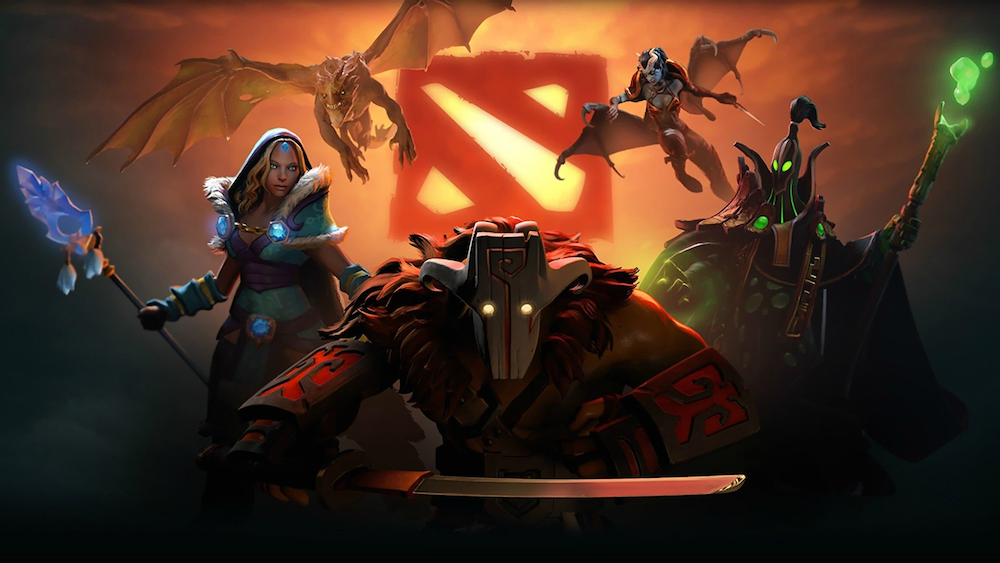

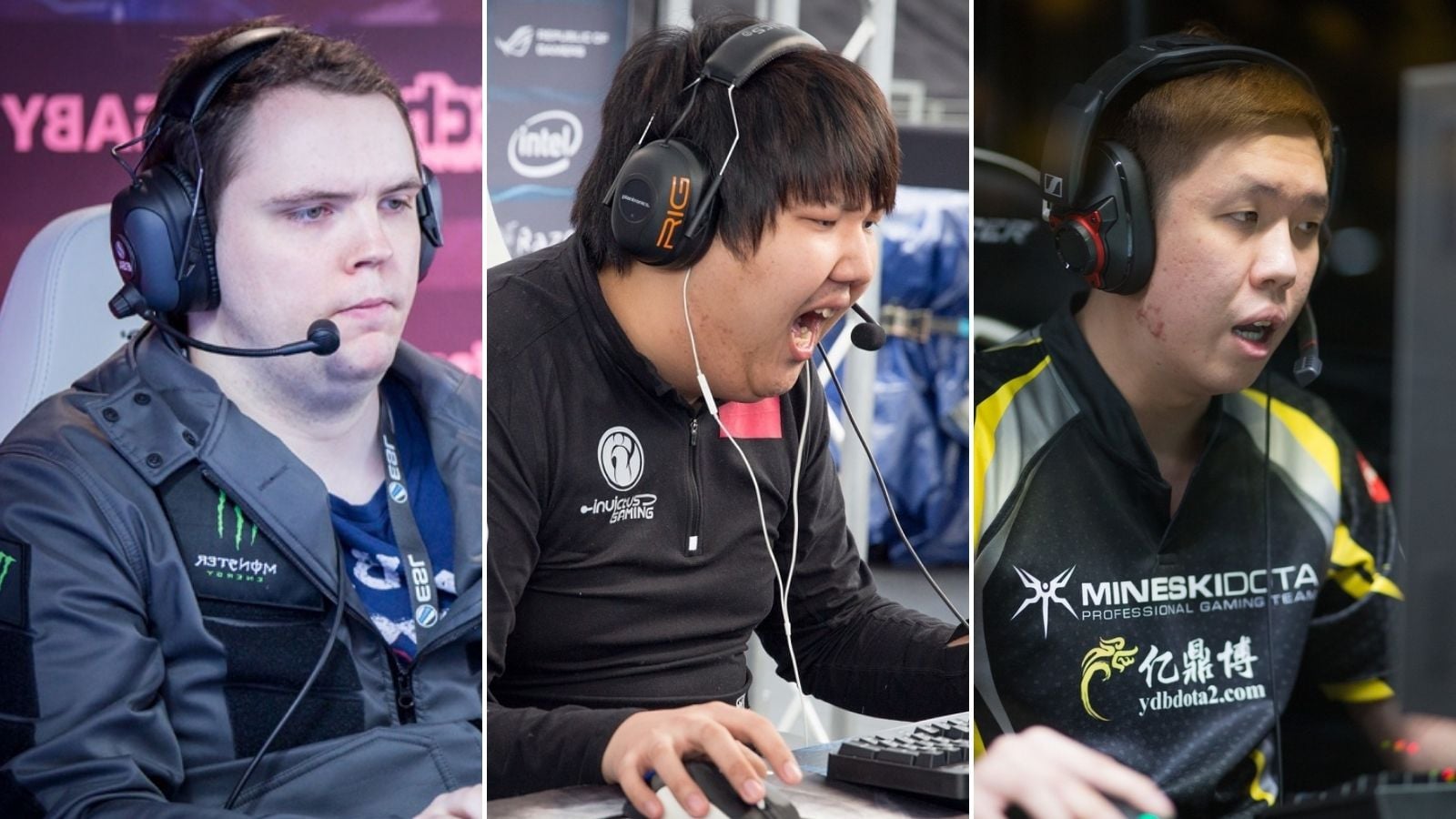
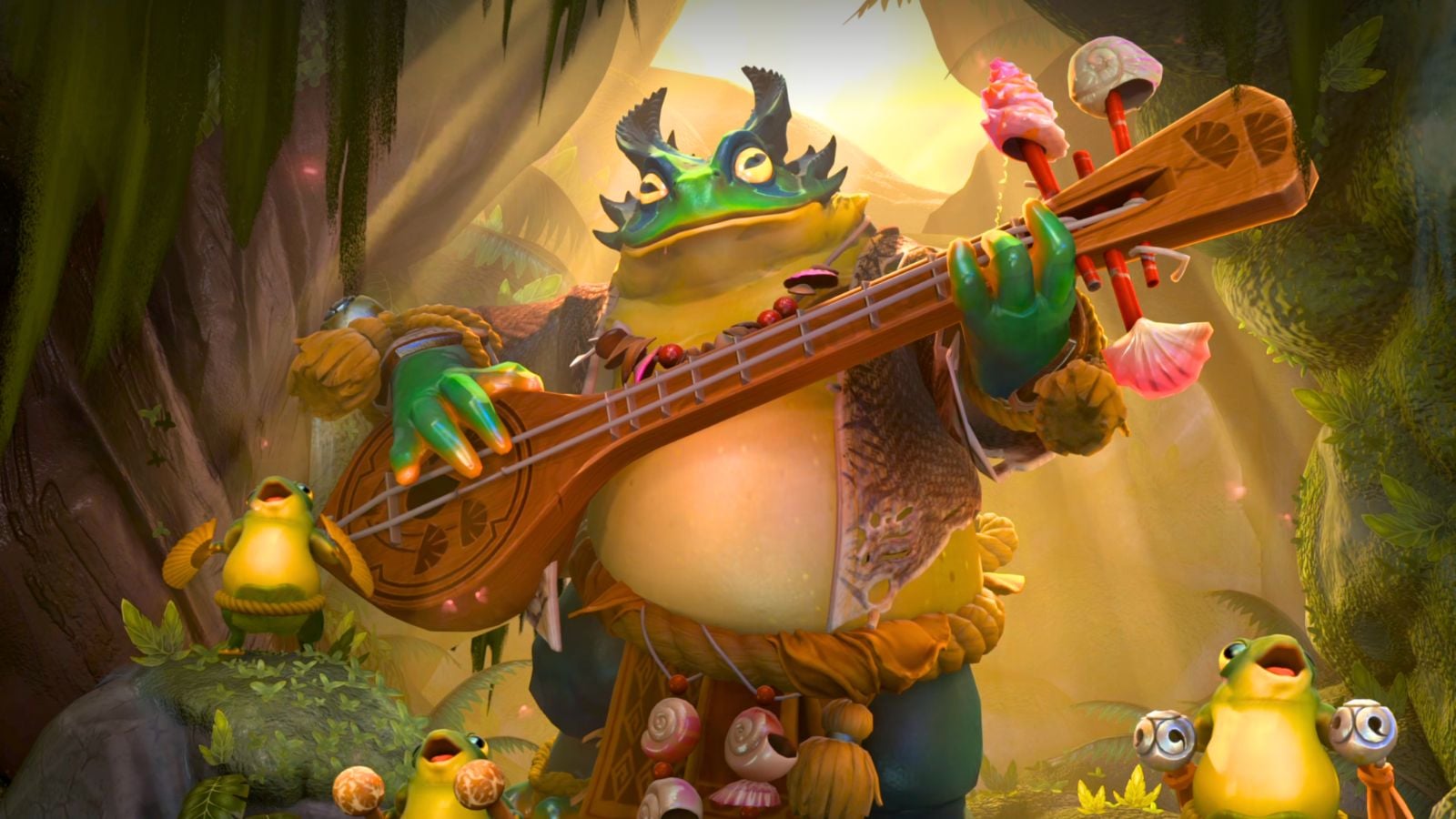

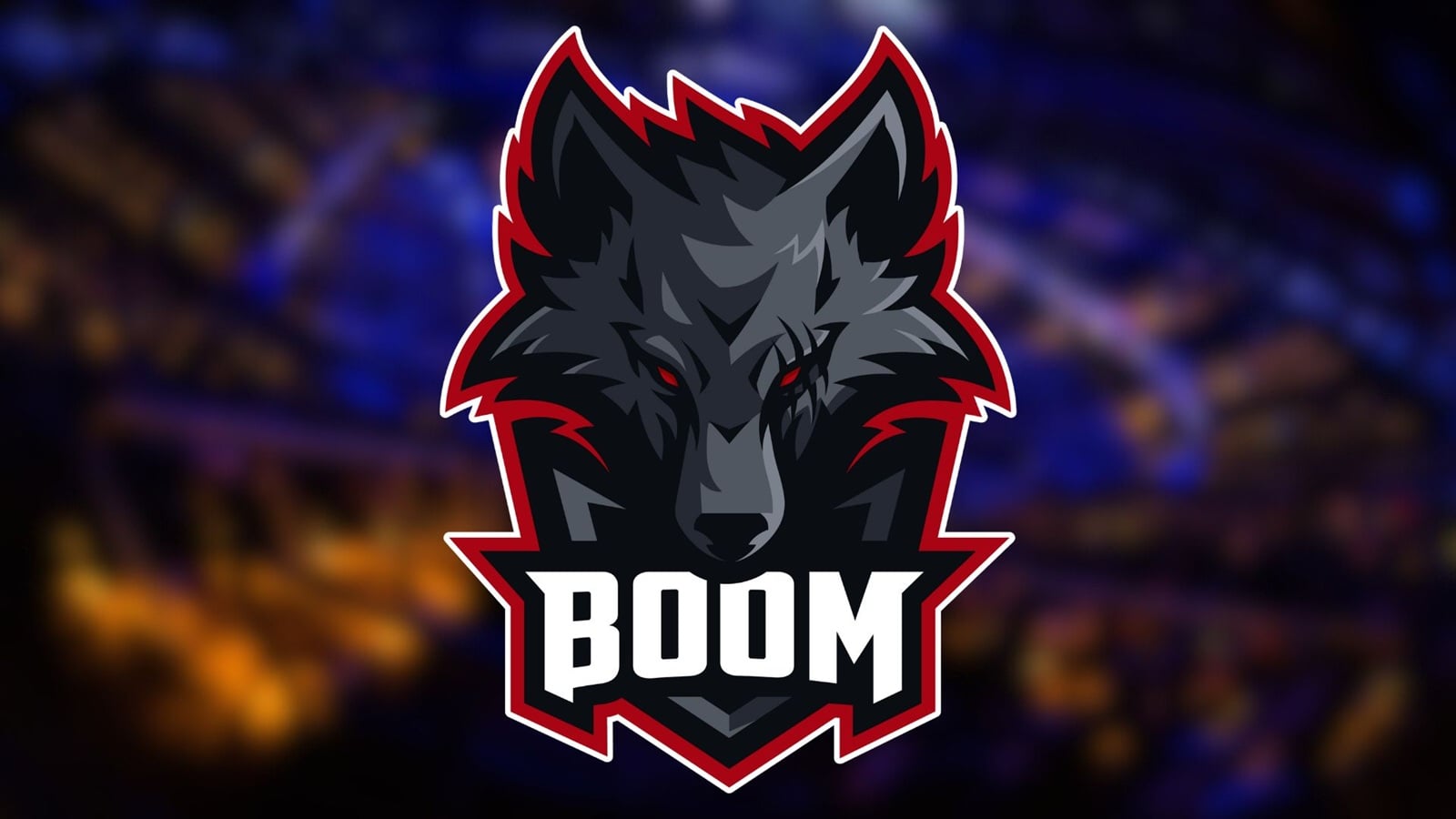
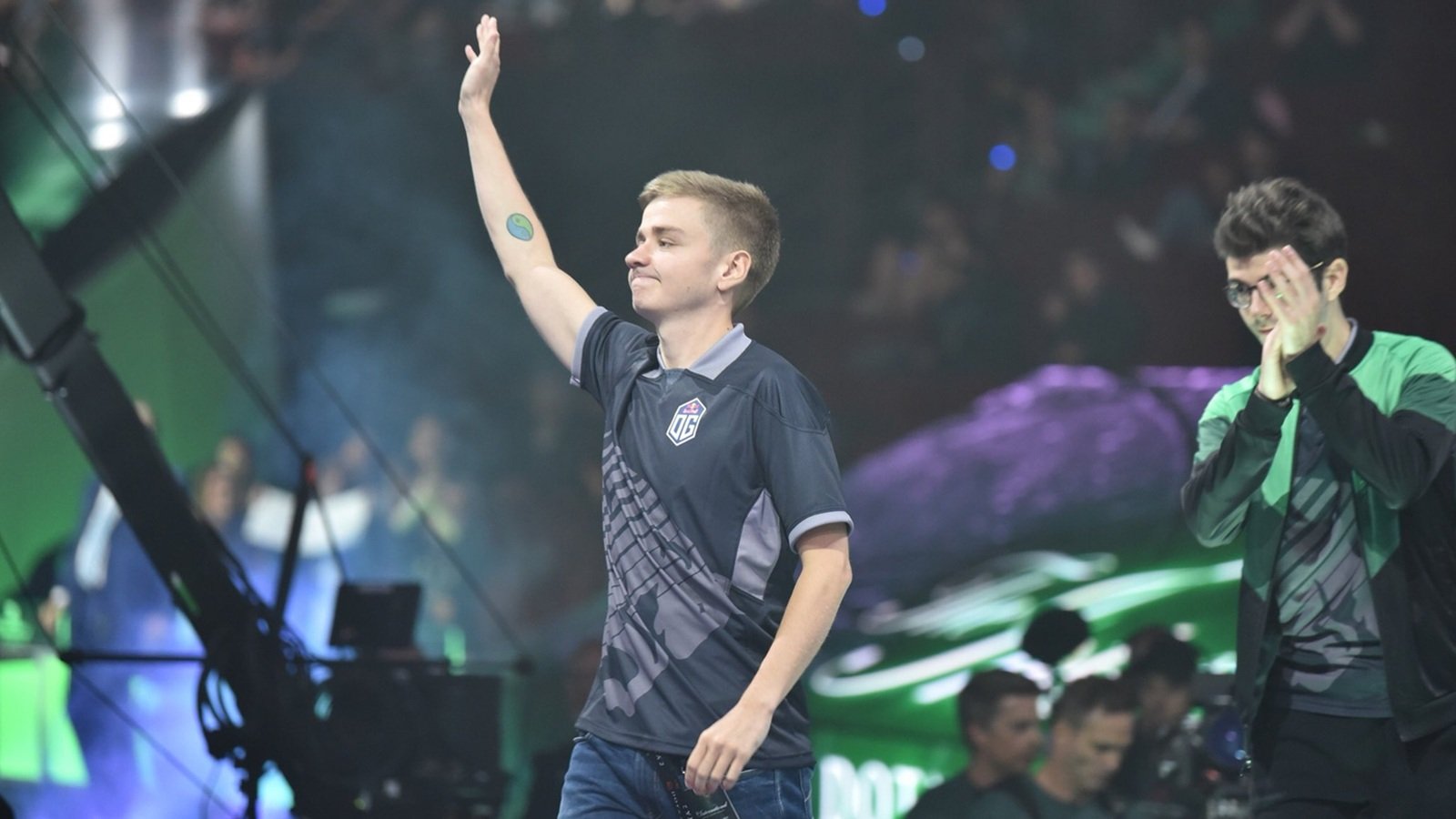
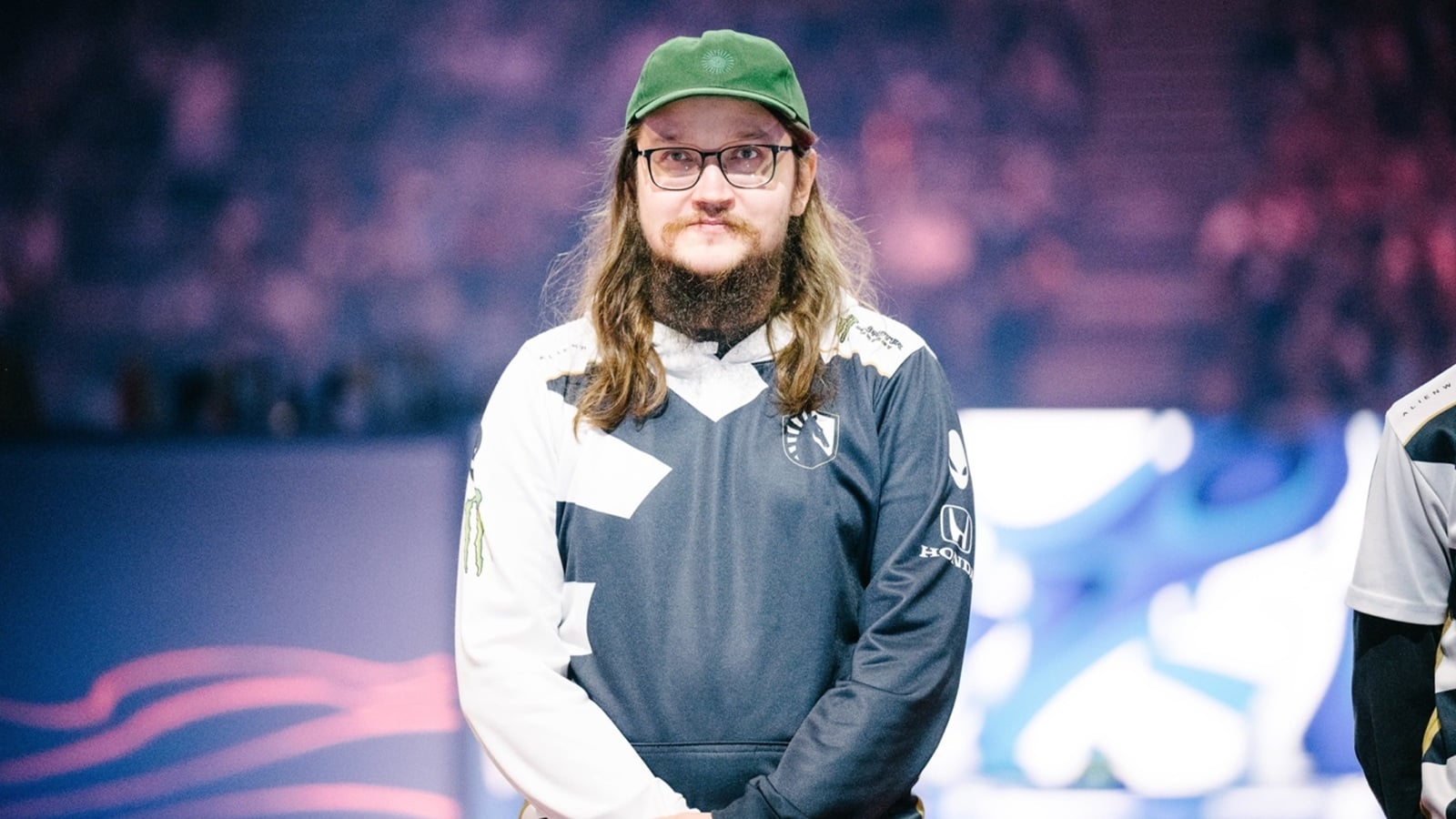
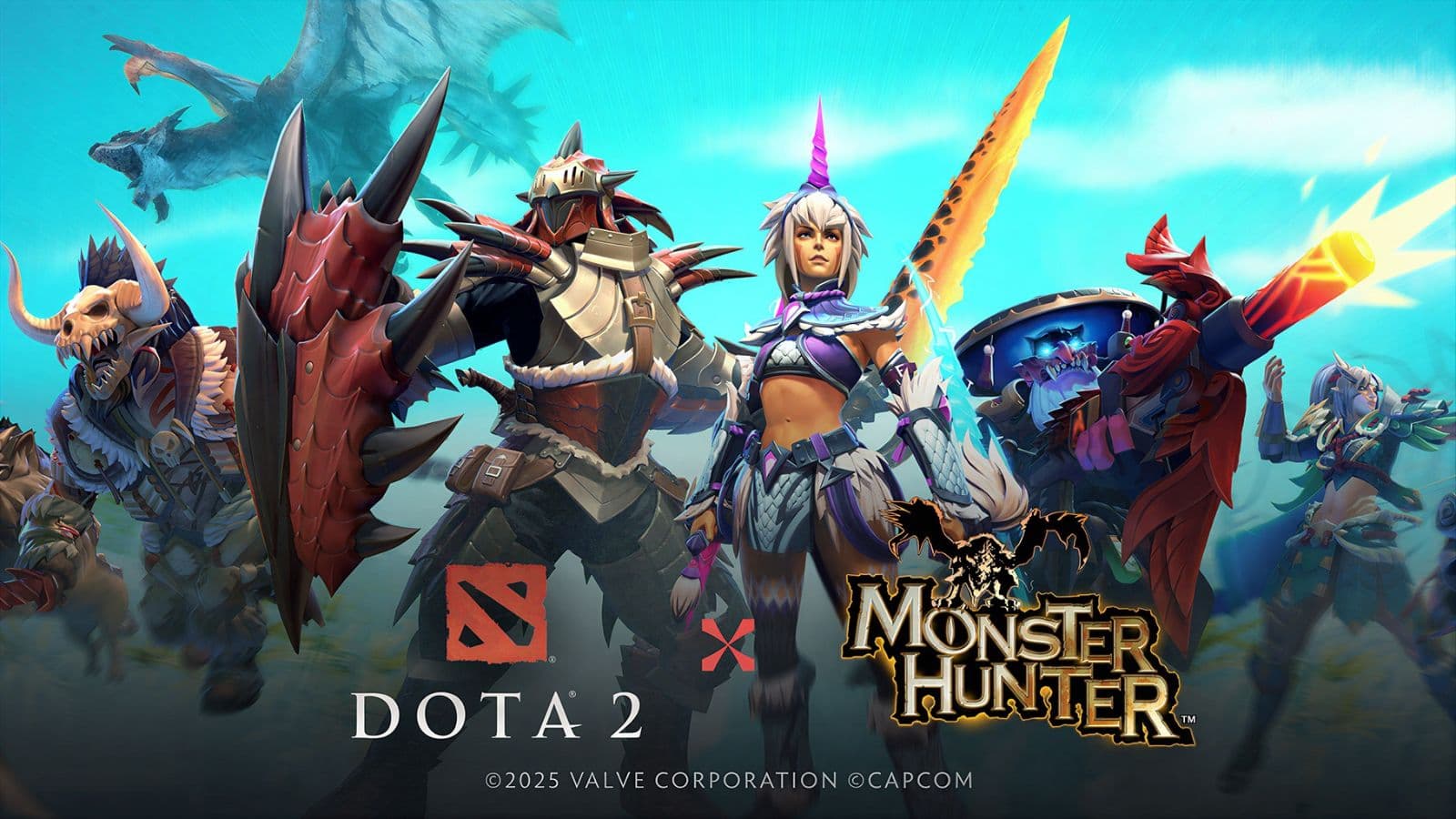
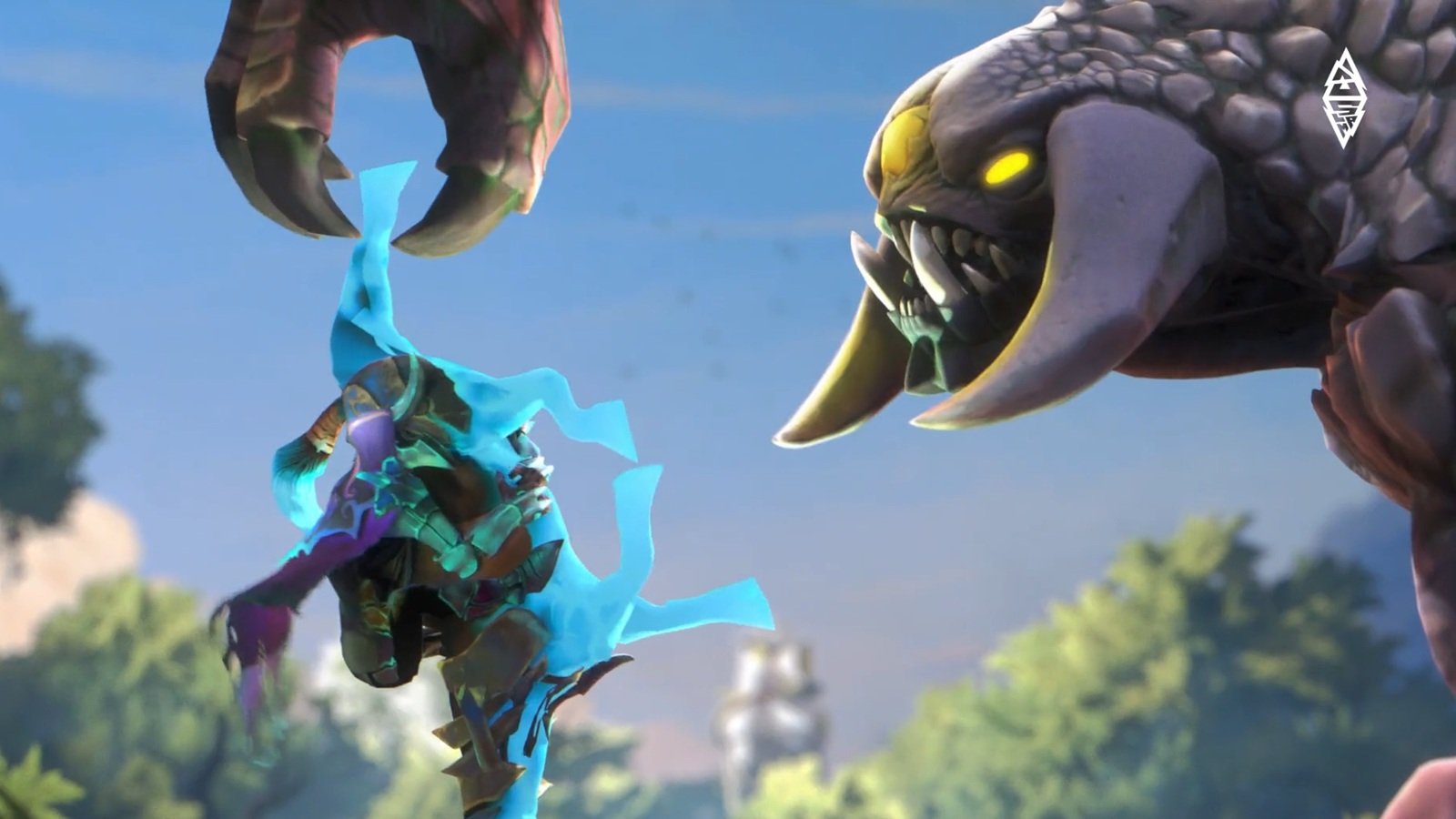
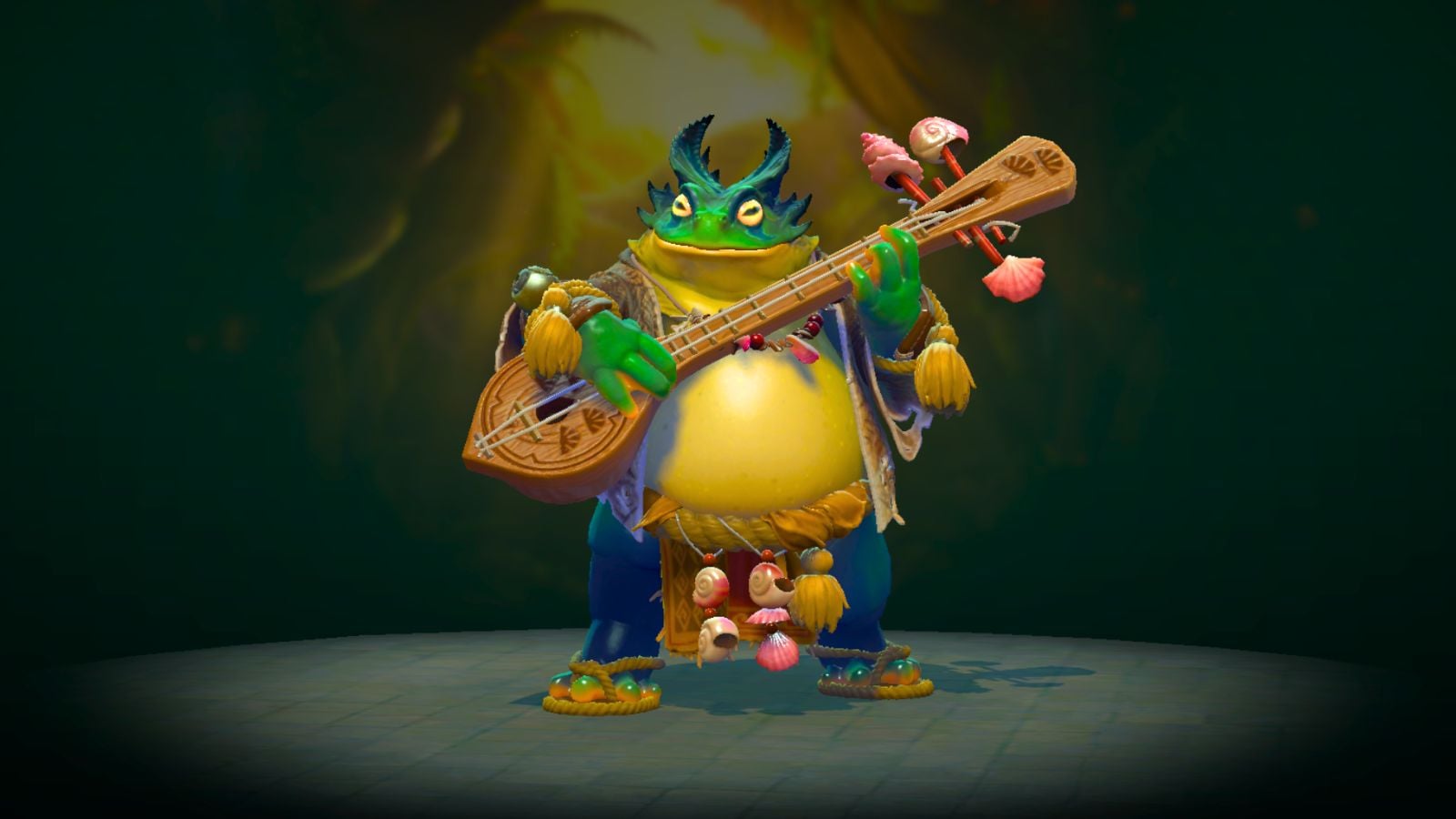

Published: Mar 19, 2020 05:54 pm